Do you want to learn about harmonic filters? If so, you’ve come to the right place! In this article, we will answer common questions about harmonic filters and provide useful tips on how to choose the right one for your needs. We’ll also discuss what harmonic filters are used for and how they can benefit your business. So, whether you’re just getting started or you’re looking for more information, this guide is for you!
Definition of Harmonic Filter
It works by dispersing the energy from these harmonics, allowing them to dissipate more quickly and prevent their disruptive effects on other systems. This type of filter can be found in power systems, AC/DC drives, motors and pumps, as well as many other applications.
Harmonic filters work by filtering out unwanted signals from the desired frequency range. They typically contain components such as inductors and capacitors that are tuned to absorb targeted frequencies. The use of a passive filter requires careful consideration and design so that it does not cause too much attenuation or distortion at the desired frequency range. Active filters have the advantage of being able to be adjusted for different frequencies. [1], [2]
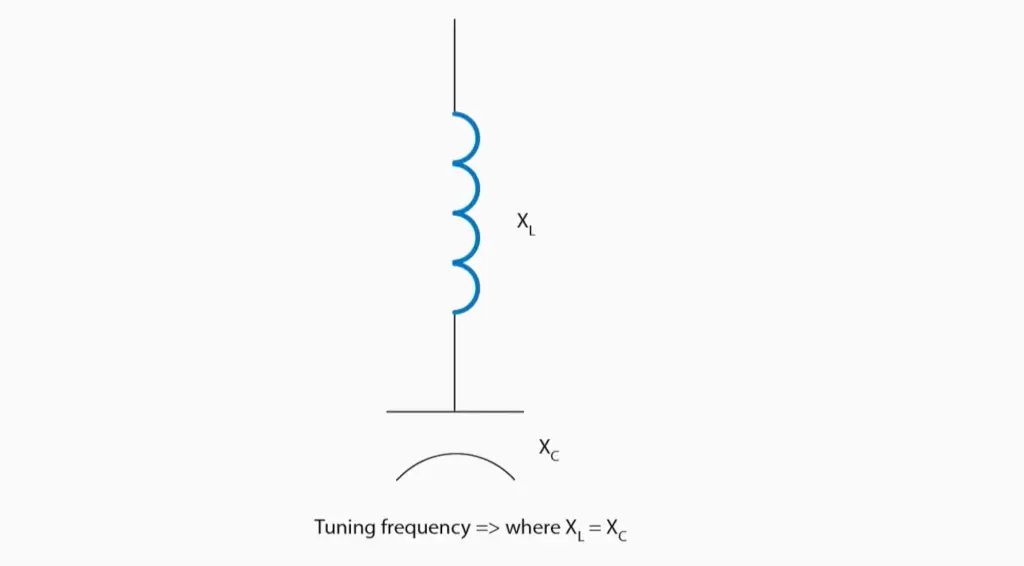
Harmonic Filter Types
Just like many other electrical components, harmonic filters come in a variety of shapes, sizes and configurations. Depending on the application it is needed for, the type of filter can be chosen accordingly.
Passive Filters
Passive harmonic filters are used to reduce the effects of harmonic distortion in an electrical power system. Harmonic distortion is caused by non-linear loads, such as rectifiers and inverters, that draw current during the peaks of voltage cycles rather than the entire cycle. This results in higher levels of harmonic currents flowing through the system and causing interference with other equipment. Passive harmonic filters attenuate harmonics by providing a low reactance path for them to flow through, thus reducing their effect on the system. They are typically installed downstream of non-linear loads to ensure that they do not cause excessive levels of harmonics upstream.
Common components used in passive harmonic filters include inductors, capacitors, resistors, and ferrite beads or chokes. Inductors provide the low reactance path for harmonic currents, while capacitors and resistors form a filter network that is tuned to the system’s resonance frequency. Ferrite chokes are also used to reduce high-frequency interference.
The effectiveness of a passive harmonic filter depends on its components and design, particularly when it comes to tuning the filter network to the system’s resonance frequency. A properly designed and tuned passive harmonic filter can reduce harmonic distortion levels by up to 80%, resulting in improved power quality and more reliable operation of equipment in the system.
Active Filters
AHFs are composed of three components: one passive filtering component, one active switching component, and a control unit which monitors the current waveform and adjusts the output of the switch accordingly. This allows AHFs to correct significantly higher levels of harmonics than what is achievable with passive filters alone. [1], [2]

Advantages of Harmonic Filters
Harmonic filters are an important part of any power system. They help to reduce and minimize the effects of harmonic distortion on other equipment, resulting in improved power quality and more reliable operation.
Enhance the power supply flow
Harmonic filters can improve the power supply flow and reduce the risk of electrical surges or spikes. The filters provide extra protection by filtering out any unwanted frequencies that can interfere with the stable operation of electronic equipment. This helps to protect sensitive electronic components from potential damage, as well as reducing the risk of electric shocks and fires.
They provide the best results to maintain the system safe
Harmonic filters are designed to maintain safety in the power system by limiting harmonics and other distortions. By reducing harmonic distortion, they help to prevent equipment from overloading or malfunctioning due to excessive currents or voltages. This helps to protect the system from damage that would otherwise result from these harmful harmonic frequencies.
Harmonic filters help to improve the flow of power within a system by eliminating harmonic currents that cause interference with other equipment. This helps to improve the overall efficiency and reliability of the system, as well as reducing stress on cables and other components.
They help you to decreases power bills
Harmonic filters are also used to reduce the amount of harmonics in an electrical system. Harmonics can cause a lot of problems, such as increased power bills due to disruptions in the energy supply and damage to other equipment connected to your system. By using harmonic filters, you can reduce these issues and help keep your costs down.
They assist you to make the highest power supply consumption
Harmonic filters can help you achieve higher levels of power consumption due to the fact they reduce or eliminate harmonic distortion. This results in a more efficient and reliable power system, allowing you to maximize consumption rates without sacrificing quality or reliability. Additionally, harmonic filters allow for better voltage stability and lower losses in the transmission lines, resulting in greater efficiency overall.
Furthermore, since harmonic filters are designed to filter out harmful harmonics from the desired frequency range, they also help protect sensitive equipment and components from damage caused by these unwanted signals.
They reduce the maintenance costs
Harmonic filters can help to reduce the maintenance costs associated with harmonic distortion. When harmonics are reduced or eliminated, it reduces the stress on other equipment in the system, such as motors and pumps. This can lead to improved overall efficiency and fewer breakdowns resulting in lower maintenance costs. [1]
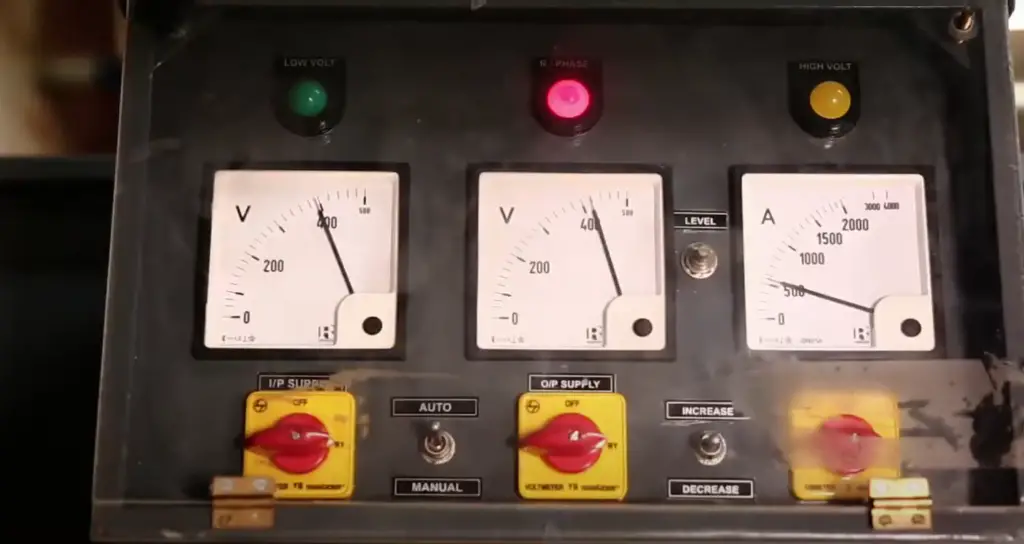
Disadvantages of Harmonic Filters
Harmonic filters have their disadvantages too. It’s crucial to be aware of the drawbacks that come with installing a harmonic filter in order to make an informed decision.
Filtering characteristics are affected strongly through the source impedance
One of the main disadvantages of harmonic filters is that their filtering characteristics are strongly affected by the source impedance. If the source impedance is high, then it can limit the effectiveness of the filter to a certain level and cause issues with power quality.
Maximum initial & running prices
The initial and running costs of a harmonic filter can be quite high, depending on the size and complexity of the system. The cost will also depend on the type of harmonic filter you are using, with higher quality filters generally costing more. It’s important to factor in all these variables when budgeting for a harmonic filter.
Complex control system
The control system of a harmonic filter is quite complex and requires careful calibration and setup. Additionally, the filters can be expensive to purchase and install, making them more suitable for larger systems with higher levels of harmonic distortion.
The passive filter size is quite large
Another disadvantage of harmonic filters is the fact that a passive filter size is quite large. This means it can take up more space in your electrical system, making them difficult to install. They also require more maintenance as they have to be regularly checked and cleaned to ensure optimal performance. [1]
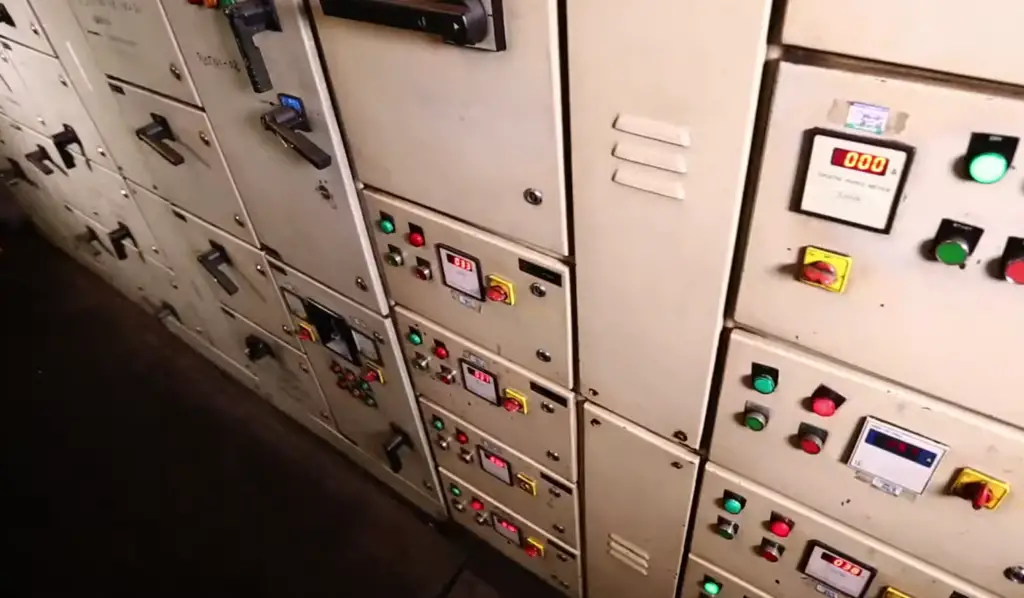
Harmonic Filter Applications
Harmonic filters are used in a variety of applications, such as power supplies, industrial machines and motors. They can also be used to reduce the harmonic content of electrical signals in audio equipment and other sensitive systems. Let’s discuss all the possible applications of harmonic filters in detail.
VFDs
Variable Frequency Drives (VFDs) are one of the most common applications of harmonic filters. VFDs are used to control the speed of a motor, and they often produce harmonic currents that need to be filtered out in order to maintain safe power quality levels. Harmonic filters can filter out these harmonics and protect the motor from excessive stress caused by harmonic distortion.
Servo Drives
Servo drives are used in a variety of industrial applications, such as robotics and CNC machining. These motors operate on high frequencies and produce a lot of harmonics that can disrupt the operation of other nearby devices. Harmonic filters help to reduce the harmonic content generated by servo drives, ensuring stable performance and reliable operation.
HVAC
Harmonic filters are used in HVAC systems to reduce harmonics on the power line. This helps improve the efficiency of the system and also helps prevent motor vibration and noise caused by harmonics. The harmonic filter is usually installed at the main disconnect switch.
Automated Machinery
Harmonic filters are used in automated machinery such as robotic arms, conveyors and other industrial machines. By reducing the harmonic content of the electrical signals that power these machines, it improves their performance and prevents any unwanted interference with other components or systems. [1]

FAQ
Do harmonic filters save energy?
Yes, harmonic filters can help save energy by reducing the impact of harmonics and other power-related issues on electrical systems. Harmonic filters reduce the current flowing through a system, which helps limit energy losses associated with resistive heating in conductors. By controlling harmonics in the system, harmonic filters also reduce reactive losses due to circulating currents, helping electricity flow more efficiently. As a result, less electricity is needed to perform the same tasks, resulting in lower utility bills for businesses and households alike. Additionally, harmonic filter technology can be used to protect sensitive equipment from damage caused by excessive or abnormal levels of voltage or current.
However it’s worth mentioning that the energy savings are quite small when compared to other energy efficiency measures. In fact, harmonic filters often provide the most benefit when used in conjunction with other power management technologies like power factor correction and load shedding. By combining different techniques, it’s possible to achieve greater overall energy savings than any one technology could on its own.
Where are harmonic filters used?
Harmonic filters are used in a variety of settings, including electrical power systems and industrial processes. They are also used to protect equipment from harmonic current caused by non-linear loads such as motor drives, adjustable speed drives (ASDs), static frequency converters (SFCs) and switching power supplies.
In the power system application, harmonic filters help reduce voltage distortion levels in the local area and lower losses associated with harmonics. In an industrial setting, harmonic filters can be used to reduce costly downtime due to premature failure of equipment like motors or transformers due to harmonic currents.
Why are harmonic filters required?
Harmonic filters are necessary to reduce the harmonic currents and voltages in electrical systems. Harmonics can cause major disturbances in an electrical system, such as overheating of equipment, poor power factor, unreliable operation of controls, decreased life expectancy of motors and transformers, and interference with other electronic devices. The main aim of installing harmonic filters is to ensure a reliable power supply for electrical systems.
What is meant by the harmonic filter in image processing?
This interference can come from varying sources including variable frequency drives, switchgear controllers, and other equipment commonly found in industry.
Harmonic filters work by passing the incoming current through inductors and capacitors that act as low pass filters to reduce the higher voltage harmonics generated by these devices which cause distortion of the image due to related artifacts such as vibration, ghosting or ringing. The use of harmonic filters improves both picture clarity and color accuracy since they suppress any undesirable signals that may be present. In some cases, they can even prevent premature failure of electrical components like fuses or relays due to the high voltage harmonics.
In addition, harmonic filters are advantageous in terms of energy savings since they increase efficiency by allowing motors and other equipment to operate at full capacity rather than having to be overpowered due to electrical noise interference. All in all, harmonic filters are an effective solution for improving image quality and ensuring a reliable power supply for industrial applications.
What does a harmonic filter reactor do?
A harmonic filter reactor is a device used to reduce current harmonics in an electrical system. It functions by introducing an inductance into the circuit that absorbs undesirable electrical currents, which helps mitigate potential problems caused by harmonic distortion. Harmonic filters can be either active or passive components, depending on the application and the desired end result.
Active harmonic filters introduce a variable frequency current (VFC) to the system that is then filtered out through a control loop. The VFC is typically generated from energy harvested from power line disturbances, allowing it to dynamically adapt to changing environmental conditions and reduce any negative impacts on other devices connected to the network. Active filters are ideal for large systems with multiple distributed loads, where traditional passive filtering techniques may not provide an effective solution.
Useful Video: Installation of Harmonic Filter
Conclusion
Harmonic filters are important components of an electrical system, providing protection from harmonics. They can help reduce energy costs and improve the efficiency of a system. However, before installing one, it is important to evaluate your current situation and determine what type of filter would be best for your application. Additionally, proper installation and maintenance are essential for achieving optimal performance. Ultimately, with careful consideration of these factors, harmonic filters can be an effective way to improve power quality in an electrical system.
Despite the advantages that harmonic filters provide, they come with some drawbacks too. The main one being their cost – they can be expensive depending on the size and design requirements.
Depending on your application, harmonic filters can provide great benefits and make a huge difference in power quality. They are an important component in many electrical systems and vital to ensure efficiency and reduce operational costs. Ultimately, by understanding what a harmonic filter is and how it works, you can properly evaluate whether one would be beneficial for your application or not.
Ultimately, a harmonic filter is an essential element of any system using electricity because it helps to minimize the potential risks associated with poor-quality electrical signals and power supply issues. By allowing only the desired frequencies through and eliminating unwanted frequencies, this type of filter ensures that equipment runs more smoothly and efficiently with fewer disruptions or downtime.
Thanks for reading this guide on what is a harmonic filter. With proper installation, maintenance and consideration of the benefits and drawbacks, you can use harmonic filters to increase the overall performance of any electrical system. Finally, always remember that harmonics can be dangerous and should never be taken lightly. Taking appropriate measures to protect yourself from harm is important for ensuring your safety and well-being when using electricity. Good luck!
References
- https://www.elprocus.com/harmonic-filter/
- https://www.sciencedirect.com/topics/engineering/harmonic-filter





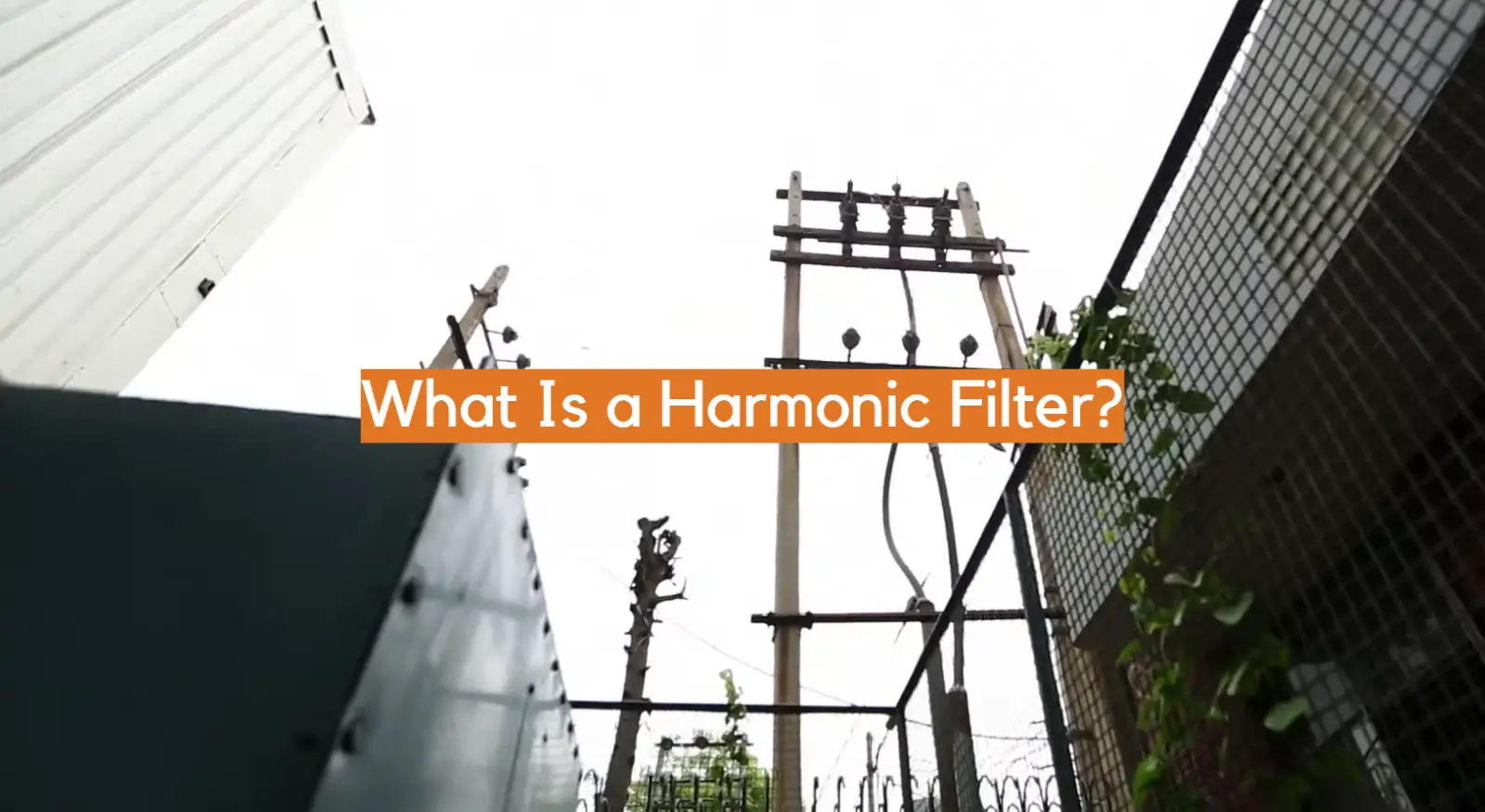







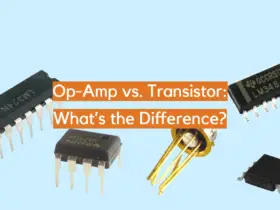
Leave a Reply